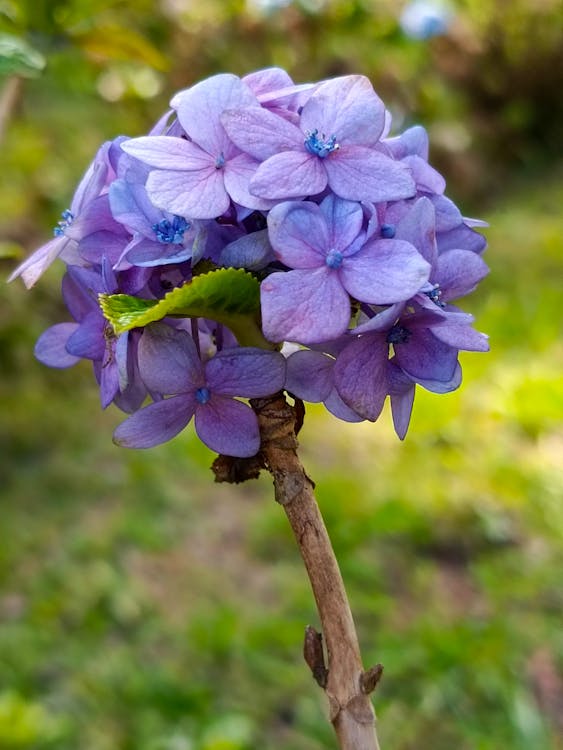
Care and maintenance: hydrangea (hortensia)
Share
The Hydrangea, better known as the hydrangea, is one of the most beloved garden plants. With its beautiful flowers in all kinds of colours, it immediately brings atmosphere to any garden. But how do you ensure that this eye-catcher stays in top shape? Hydrangeas require a little attention, but they richly reward your efforts.
Watering: Hydrangeas like moist soil, but not a wet root ball. Make sure to water regularly, especially during dry periods in the summer. A mulch layer of, for example, tree bark helps to keep the soil moist and to prevent weeds. Potted plants need some extra attention: water them more often, because potting soil dries out faster.
Pruning: Did you know that not all hydrangeas are pruned in the same way? For farmer's hydrangeas (Hydrangea macrophylla), you cut off the faded flowers in the spring, just above a new bud. Panicle hydrangeas (Hydrangea paniculata) and the Annabelle (Hydrangea arborescens) can be pruned rigorously in early spring to get a beautiful, full shrub.
Location: Hydrangeas feel most at home in semi-shade or a spot with morning sun and afternoon shade. Too much direct sun can burn the leaves, while too little light reduces flowering. Also pay attention to the soil: hydrangeas thrive best in a nutritious, well-drained soil.
Fertilizing: Use special hydrangea fertilizer to stimulate growth and flowering. For blue flowers, an acidic soil is important. Add garden peat or aluminum sulphate annually if you want to keep the color intensely blue.
